Our Verdict
Monster Hunter Wilds is the successor that Capcom’s best-selling game deserves. It improves on almost every aspect of World to deliver a tremendous adventure that, if you can make it over the steep initial learning curve, remains the most rewarding action RPG around.
The early hours of Monster Hunter Wilds are spent in the more muted colors of its ‘Fallow’ season. As I choose my starting weapon and the early hunts kickstart that specific flood of endorphins only Capcom’s flagship RPG can bring, I can’t help but start to miss the brighter tones of World and Rise. But then comes the ‘Inclemency’ – in this case, a raging sandstorm that floods the desert accompanied by vicious lightning strikes. Then, midway through my tussle with a giant Alpha Doshaguma, the storm clears as quickly as it came, and the world bursts into vibrant, gorgeous life; the ‘Plenty’ has arrived. It’s a stunning moment that is everything I dreamed of and more. In many ways, it feels like an allegory for Monster Hunter as a series. If you can push through the struggle of those early hours, and survive to the ‘spark’ of finding the weapon that clicks for you, you’ll reveal something truly beautiful.
I’ve spent thousands of hours with Monster Hunter across Generations Ultimate, World, and Rise. I mention this not as a brag but as a caveat; I’ve already done the legwork to understand the very particular nuances of Capcom’s beloved RPGs, and that makes getting into Monster Hunter Wilds a breeze. I already know how all of its fourteen weapon types work, each intricate enough to sustain an entire playthrough. I’m familiar with the rhythms of eating before a hunt, of gathering and crafting, and of negotiating its web of weapon forging and upgrade menus. Fortunately, if you’re new, Wilds takes huge strides towards making everything more comprehensible and approachable, fixing almost every major complaint I had about World’s interface and story along the way.
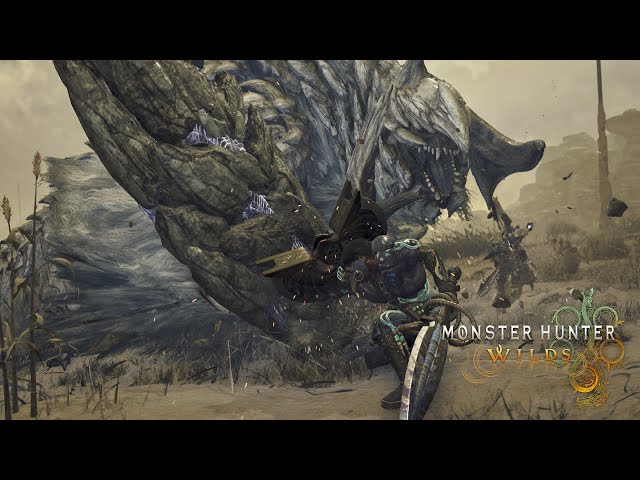
Monster Hunter Wilds once again breaks its progression up into ‘Low Rank’ and ‘High Rank.’ Low Rank is much more story-led, eschewing side missions almost entirely to take you on an adventure that branches into much bolder territory than the simple ‘here’s a new creature, better kill it’ approach of past entries. It’s unlikely to win any narrative awards, but I enjoyed it. There’s more consideration of the role hunters play, and how their actions can impact the ecosystem, with every hunt requiring express approval from your Guild handler Alma that the monster is too dangerous to live. Make no mistake, though; she’s not particularly difficult to convince.
The cast that joins you are all well realized, including some faces that, while never explicitly confirmed as such, I’m choosing to believe are returning favorites. The animation does a lot of work in selling emotional subtlety, although Capcom isn’t afraid to lean into the inherent silliness of the series with more overblown, exaggerated sequences between the more serious moments. It takes some pretty big swings with the path it treads, and it delivers for the most part. It may not be a high bar to clear, but by the time Low Rank draws to a close, Wilds already feels more narratively substantial and complete than the entire storylines of any previous entry.
Of course, that’s just the beginning. I then step into High Rank and, as the saying goes, ‘The real Monster Hunter starts here.’ New threads pick up, additional enemies rear their heads across the lands, and all the monsters you’ve fought before come back tougher, smarter, and more aggressive. This is where most players will spend the majority of their time, and it’s much more player-led. You’ll be called in periodically to progress the central story, and you’ll start to pick up more Optional Missions from NPCs, but otherwise you’re free to tackle things as you please.
Rather than World’s confusing mixture of Investigations, Expeditions, and Optional Quests, Wilds lets you explore the world freely, taking on monsters by simply attacking them or by selecting them from the map. These ‘Field Surveys’ always offer bonus rewards, which are shown to you beforehand, and you can choose to save any of them either before or after their completion as ‘Investigations’ if you’d like to circle back later. It’s a smarter, more natural combination that allows things to flow smoothly, and lets you stay out in the world fighting and exploring for as long as you want.
Wilds’ environments also build on what Monster Hunter World achieved. They’re larger, more densely packed, and even more alive. Each feels a little harsher than the playgrounds of World; the Scarlet Forest’s rainstorms flood certain areas, for example, mandating that you prepare adequately if you don’t want to be slowed by the rising waters. With as many as five or six large monsters coming into play in a region at one time, you’ll frequently find yourself amid some truly chaotic battles. The scripted ‘turf wars’ between beasties return, and they’re just as gloriously over-the-top as ever, but freeform monster-on-monster combat also feels a lot more impactful here too.
World’s most dramatic environmental interactions, such as the tumbling waterfall of the Ancient Forest or the sinking sands of the Wildspire Waste, grow more bombastic. Some you’ll trigger yourself, such as tugging boulders down with your grappling hook. Others are monster-driven, which can lead to some novel circumstances. While fighting the sandworm Balahara down in its underground nest, I’m surprised to find a Quematrice dropping onto us from above after a separate Balahara dragged it down into one of its trademark sand vortexes. Another time, an Alpha Doshaguma’s swipe flung a small, unfortunate Conga hurtling across the forest that clattered me head over heels.
It’s the little details that truly make the magic. Perhaps you’ll spy a monster hunting for food, or a group of small creatures banding together to fend off a larger predator by jumping on its back or biting at its ankles. Once, while seeking out the rarest fish, a large school swam into the area. Not long afterward, several dinosaur-like birds gathered overhead, taking turns to plunge into the depths and re-emerge a second later with a fish in their beak that they then gleefully tossed into their mouth. Faint during a hunt and you’ll be ferried back to camp by the helpful medic Felynes, who dump revitalizing green gunk on you before hopping off with a cheeky wave and scampering back to their stations. There’s a real love and care poured into moments that could be easily missed, but that makes them all the better to discover.
For everything I’ve talked about so far, Monster Hunter lives and dies by its combat – weighty, intentional, and without equal, it’s both its greatest strength and also its biggest hurdle to overcome as a new player. The poster features are wounds and Focus Mode. As you target a specific part of a monster, you’ll now see the increased wear and tear break into clear, visible wounds. You can simply keep up the pressure to break these or go into Focus Mode by holding the left trigger (on a controller) and you’ll see any wounds highlighted, allowing you to target them with a specific Focus Strike designed to pop them every time.
The introduction of wounds is a clever evolution of both traditional part damage and Iceborne’s Clutch Claw tenderizing. It offers clearer feedback, rewards you for spreading your attacks across different limbs, and helps turn the old, stiff mounting minigame into something more natural. As you learn monsters, you’ll start to recognize valuable wounds to pursue for interrupts and topples, and that some weapons also gain additional benefits from securing them. The Long Sword’s meter levels up, for example, while the Insect Glaive (which can also target wounds while in mid-air) earns a full complement of extracts for the trouble.
I’ve spent time using the entire roster of Monster Hunter Wilds weapons and every single one feels good. I could talk about the minutiae for quite literally hours, but I don’t think my editor would forgive me, so instead I’ll say that each has new tricks that further enhance its identity and feel fundamentally fantastic to put into practice. The sense of heft is markedly improved from the beta test build, with the sound effects in particular going a long way to making every hit feel juicy.
The Lance gets its reliable guard and power guard rhythm back, and while I feared hating the slower-paced thrusts, within a single hunt I was fully sold; they’re meaty and rewarding, help to emphasize smart counterplay, and the weapon itself still retains that surprising mobility once you master its move set. I was scared of the changes to the Bow, a weapon I’ve loved in past entries, and yet by my second fight I was laughing with glee as I slid deftly out of the way of an incoming fireball and delivered a leaping volley of arrows into my enemy’s head.
The Long Sword’s flow gets even slicker with connecting combos and a new dismount attack that rivals the grappling spine-spin of the Dual Blades in its gleeful anime preposterousness. The Hammer brings over its charge-maintaining dash from Rise, while the Hunting Horn’s Performance Beat makes queuing and performing multiple songs feel more proactive and impactful. The Bowguns have both been reworked and are now more viable in the early stages without losing their late-game strength. The Gunlance might have lost the outrageous mobility from Rise, but instead it secures its place as a walking fireworks factory, and has risen the ranks to become one of my favorites to play.
Holding down Focus Mode also enables you to freely turn and change the direction you’re aiming, even mid-move. This is transformative for slower picks such as the Great Sword and Charge Blade – you’ll (almost) never whiff your True Charged Slash or Super Amped Element Discharge again. Other weapons including the Sword and Shield and the Switch Axe gain the ability to reposition slightly while executing combos. Some might decry this as making things ‘too easy,’ a step away from the precise demands of older games, but it enables monsters to be more mobile and spend less time standing around between attacks to create workable openings for players to exploit.
The other two notable additions are Power Clashes and Offset Attacks. These are limited to certain weapons, but they’re unbelievably satisfying. The former occurs when you block enough times, and wedging my Heavy Bowgun’s shield into my foe’s jaw to stave off their bites while firing round after round is immensely pleasing. Offset Attacks are specific moves that can create a knockdown when you land a well-timed counter hit, and if you’ve ever sent an Anjanath reeling backward in World, these offer similarly spectacular results. Slinger pods also get a big upgrade – basic elemental ones have more use for damage or to trigger certain environmental traps, and the special drops from enemies are particularly potent and a great way to secure the likes of a tail cut.
I’d rather not spoil the full monster roster, as the joy of discovery is a big part of the fun, but it manages to be far more diverse than World’s offering, with some unique enemy types. Getting sent tumbling by a spinning wyvern tail or a whirling tentacle (yes, you can cut them all off, and they keep wriggling as you carve them) looks so good that my failures in combat bring me almost as much joy as my successes. Even the returning creatures offer some new tricks specifically designed to catch out hunters who’ve fought hundreds or thousands of their kind in past entries. Those terrible siege events are gone, and in fact the pinnacle story encounters of Wilds are some of my favorite fights in the game.
Capcom’s excellent sound design is in full effect here, from the quiet, incidental sounds of nature and your footsteps splashing on wet ground to the imposing roars and screeches of its beastly cast members. If you encountered the Plains’ apex monster Rey Dau during the beta, you’ll know just how terrifying its mechanical, alien yells are – and how the orchestral score seems to always hit perfectly as you bring your biggest blow crashing down upon him. All of that carries through the rest of the roster too.
Visually, fights are a spectacle. The level of intricate detail on creatures, including the visible wear and tear as you work them down, is a marvel. Fur and hair look great, and elemental effects are also a notable step up from World; I especially love the way flames well up in wyverns’ cheeks as they prepare to send a fireball your way. As mentioned earlier, the colors pop even more dramatically when the Plenty hits. It’s tempting to wish for that at all times, but I’ve come to appreciate the distinction – Wilds still looks magnificent during the Fallow periods, and it makes the vibrancy stand out far more when the seasons shift.
Joining you on your hunt are two companions: your Palico and Seikret. The former has clearly been in the training room, as they’re more adept than ever. They’ll whip out healing potions, toss you status cures, provide buffs, and more, and are even smart enough to put them back away instead of wasting the cooldown if you sort yourself out before they can deploy them. They also now speak English, although I found myself turning this back to the Felyne tongue because it unsettled me a tad too much.
The Seikret, a blend of Chocobo and Velociraptor, acts as your mount, working much like Rise’s Palamute. It’ll bounce across shortcuts and ferry you to waypoints while you sharpen your weapon and sort out your inventory. You can even hop on it mid-fight if you’re feeling under pressure, although in most cases I found resorting to tried-and-true tricks like the ‘superman dive’ was a better way to keep myself safe in a panicked moment. Overall, however, it’s a welcome addition, especially given the larger maps.
Alma also joins you almost full-time. Your new handler sticks nearby as you explore and, while she’ll steer well clear of threats, you’ll see her ride in to check on you whenever there’s a pause in the action. If the monster moves areas, she’ll remind you to grab any dropped parts or wave you over to where a cleaved-off tail lies on the ground. At a hunt’s end, she moves in to take notes on your fallen foe, and there’s even a sweet victory animation where your Seikrets bump heads as you celebrate your success. Then she’s always right by your side if you want to pull up your next quest straight away.
Buffs and debuffs now show explicit timers, and even the item that caused them – so no more wondering whether your Demondrug and Might Seed effects stack. That also makes it easier to decide if you can afford to wait out cleansing the poison ticking your life down, or would rather chomp a Herbal Medicine. The radial menu dynamically resizes as you add more items and offers special options that select the appropriate potion strength or correct status-clearing consumable automatically. It makes preparing the right equipment more important than fumbling through menus to find it, and the new ‘expanded item bar’ is a godsent quality-of-life upgrade that I’m not sure how I lived without.
Of the available boosts, eating food remains the most important. It’s now time-based to suit the more open-ended structure, meaning you don’t need to eat before every hunt (buffs also don’t deplete while in camp, and are no longer removed upon fainting). You cook the meals yourself, it can be done anywhere, and it looks so mouthwatering that I began skipping it so I didn’t get too hungry. Don’t fear if you miss the more involved cutscenes of past games, as you can periodically join certain NPCs in camp for a bigger feast that provides a longer-lasting boon. These are accompanied by all the joyful food revelry the series has become famed for (although I’d still take a few more Felyne chefs in the kitchen).
Between hunts, Wilds solves almost every problem that World suffers from. Staying out in the wild means gathering is more worthwhile into the endgame as a quick way to restock potions or supplies without needing to return to camp. When you do head back, the improvements continue to rack up. Following the example set by Rise, extraneous crafting and upgrade menus have been melded together into ones that work much more as you’d expect them to. Sorting item loadouts, your radial menu settings, and layered armor preferences (cosmetic looks that overwrite the visuals of the gear you’re wearing) is much smoother and more straightforward.
Speaking of gear, it looks spectacular. From the early hours, you’ll get access to armor that’s so stylish you’ll want to make it regardless of its stats. There’s no longer any gender-locking – every monster comes with two distinct designs you can mix and match to your desire. That goes double for the weapons; unlike in World, the basic bone and ore designs are limited to just those two trees, and I found myself much more inclined to craft and use new options simply because they looked too cool to pass up. As an extra incentive, weapons all come with different built-in skills that add another factor to the desirability equation.
Capcom has broken out its skill system into ‘weapon skills’ and ‘armor skills,’ with decorations tied to one or the other. Early on, this makes it easy to switch weapons without having to remake your entire loadout, and it poses more interesting balance considerations as you progress. Getting your hands on basic versions of the decorations you want is far easier than in World, but tracking down those perfect rolls is a much tougher task. Likewise, making weapons and armor is relatively easy. While I often had to farm a monster two or three times for the materials to earn an item, hunt rewards can offer guarantees on some of the game’s rarest drops.
As you progress through High Rank, you’ll also start to encounter tougher ‘tempered’ monsters (indicated by the traditional purple outline on their icon). They’re more threatening than their base counterparts but have pre-existing scars that you can exploit for additional wounds, and also provide better decoration drops and unique parts used to craft ‘Artian’ weapons. These are modular, giving you more control over their stats, but then have the potential to roll additional random upgrades if you keep investing in them. It’s not too tough to get a good starting set, then, but maxing out your endgame upgrades to create the best Monster Hunter Wilds builds promises to be a fairly lengthy endeavor.
I certainly have a few complaints. Perhaps this comes from my history with the series, but I found myself altering a tremendous number of settings. This isn’t necessarily a negative, because the options I wanted are there, but if you don’t want to pore over menus, you might find yourself at a disadvantage. If nothing else, I’d recommend you head to the game settings early on and turn off both automatic weapon sheathing and the Seikret’s wandering auto-explore mode, as well as checking your camera distance and the options for how you activate both the radial menu and expanded item bar to see which you prefer.
Adding friends still requires some awkward menu work, although playing in co-op after that feels reasonably slick. While the large town lobbies are welcome, they’re areas designed for business – crafting, changing gear, checking in with the vendors, and so on. Wilds would benefit from a more distinct social space like the Gathering Hubs of old. You can customize your pop-up camps in detail, but I felt myself craving a more permanent home that I could decorate and put my endemic life in (captured critters will now show up in the research tent instead).
The new structure somewhat mandates monsters being visible on the map at all times, and part of me misses gathering tracks to find them. Footprints and such are still present, but now exist in fairly limited quantity as another source of item drops. I was also left with a strange uncertainty over whether I’d seen everything the game has to offer. With my Hunter Rank passing the 100 mark and my quest list cleared out, I’m pretty sure I have – but there wasn’t quite as definitive a finale as World and Rise offer. This may well be a deliberate decision to leave the path open for the monsters joining in free title updates after launch, however, and I don’t want to take away from how much I absolutely adored some of the game’s climactic fights.
Then there are the performance considerations. The full game certainly runs better than the beta, but it isn’t perfect. While members of the PCGamesN team with more substantial rigs are operating at a comfortable 4k at 80fps with settings maxed out and no frame generation, my aging workhorse CPU, the Ryzen 5 5600x, is holding me back a touch. My RTX 3080 is quite content, but Wilds is munching almost the CPU’s entire capacity by itself. Typically I can maintain 50-60fps at 1440p on high settings (with no DLSS or frame gen), but I do see occasional dips into the 40-50 range, and there’s a little texture pop-in whenever I load fresh into a new area.
Honestly, though, if I wasn’t staring at an fps counter in the corner I’d almost never notice – when you’re eating such a remarkably delicious serving of your favorite meal, you tend to forget the plate it’s on has a chip on the side. If you find yourself needing to turn the Monster Hunter Wilds settings down to low, you will certainly notice when you get up close, but it still looks gorgeous in the moment.
Wilds, like any new Monster Hunter game, lives in the looming shadow of its expected expansion. While not yet announced, the ‘Master Rank’ DLC has become a staple of the series, and for every installment has delivered an experience of comparable size to its corresponding game, featuring a big roster upgrade and the ‘true’ endgame experience. Players forged in the fires of G-Rank, Iceborne, or Sunbreak won’t find anything here that’s quite as robust or challenging, but that’s to be expected. As a base game, Wilds is more than substantial enough to keep me plenty busy until we hear more about what’s coming next.
I’m not yet certain I’m ready to label Monster Hunter Wilds as definitively ‘better’ than Monster Hunter World. What I will call it is a worthy successor to one of my favorite games of all time, bigger and bolder than its predecessor in nearly every way. As the hundred-hour mark rapidly closes in, I feel like I’m just getting started; my armory grows by the day, my crafting wishlist is packed with possibilities, and I’m ready to go on another hunt.

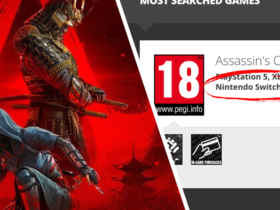

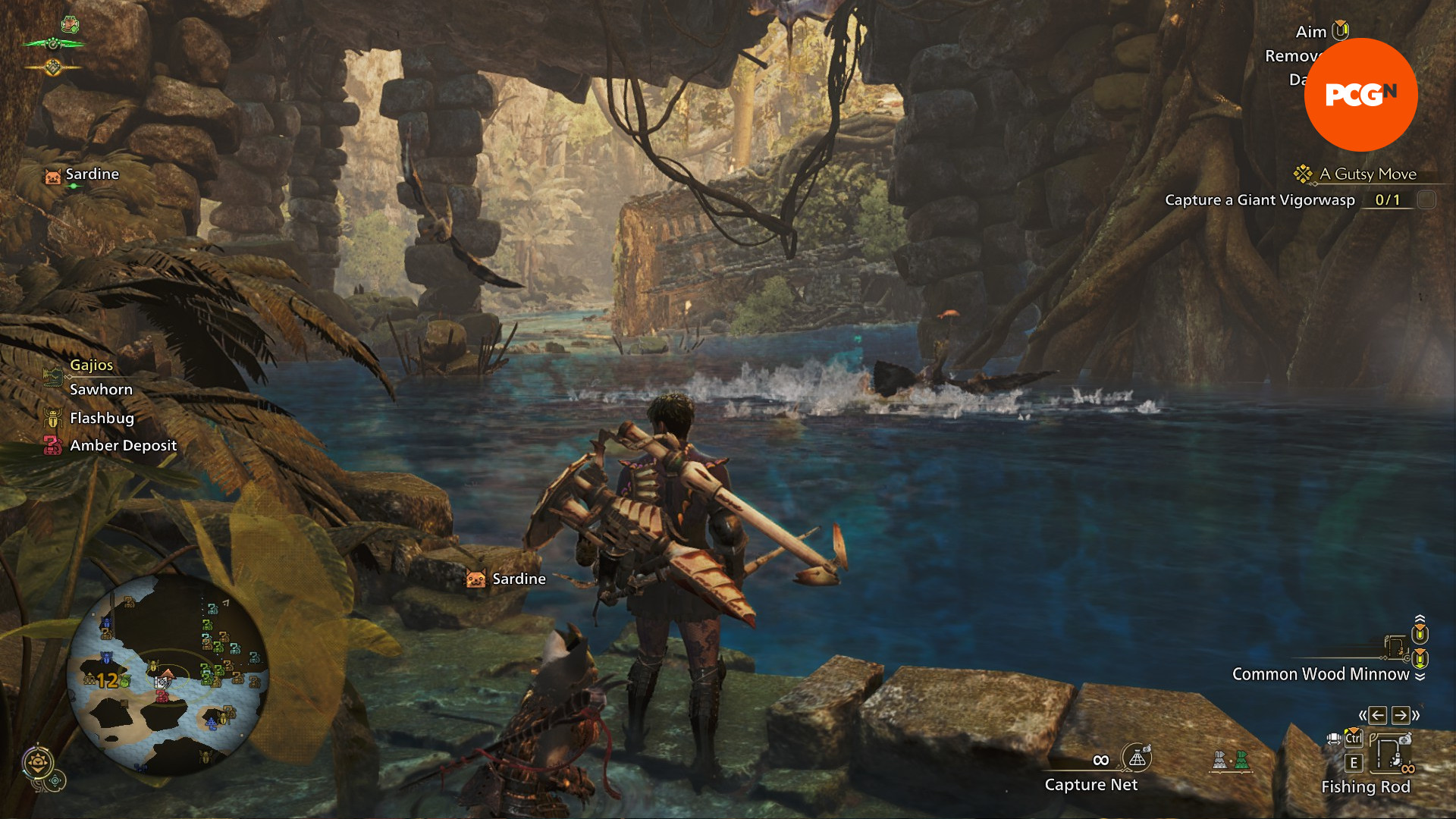
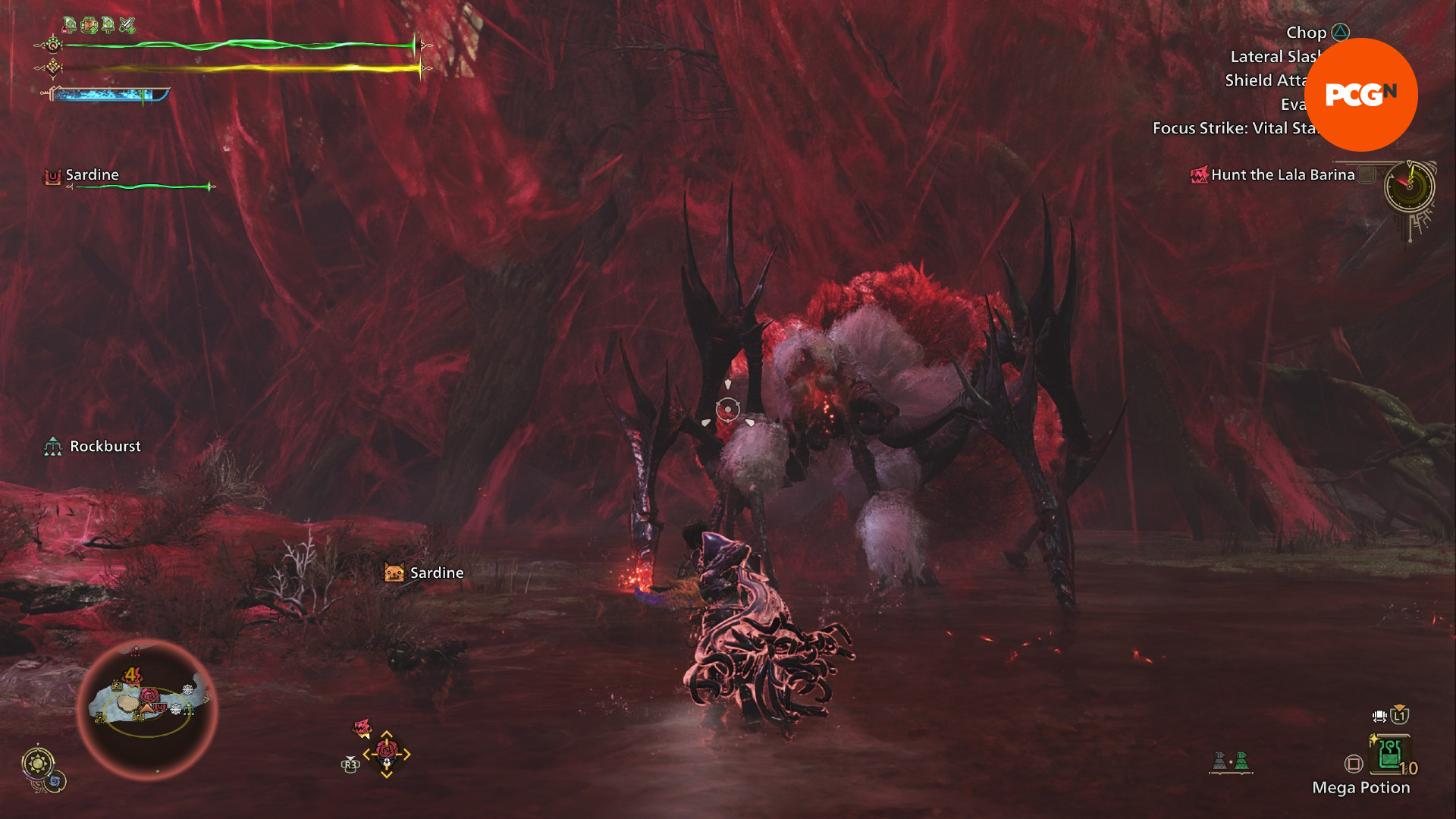
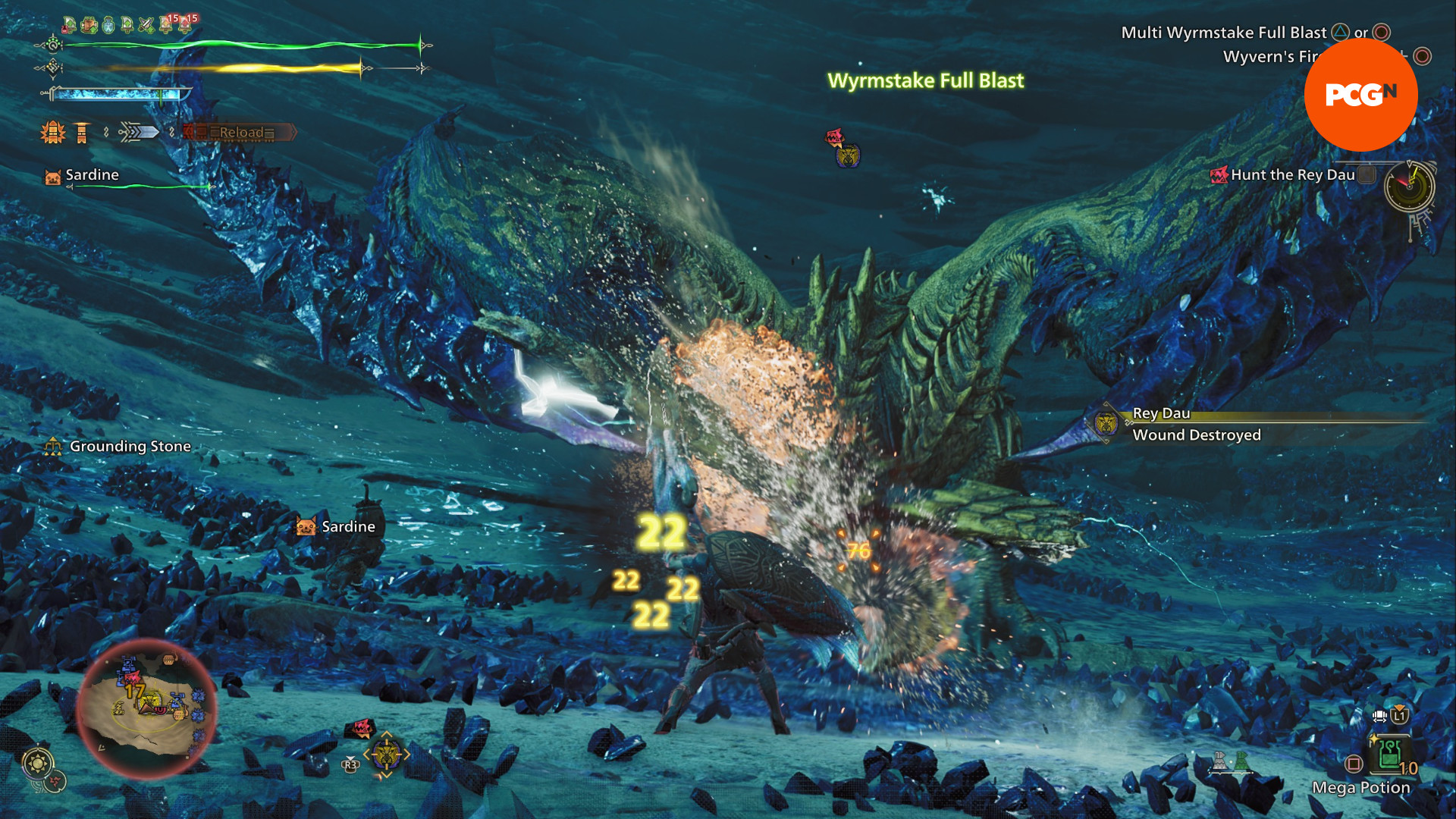

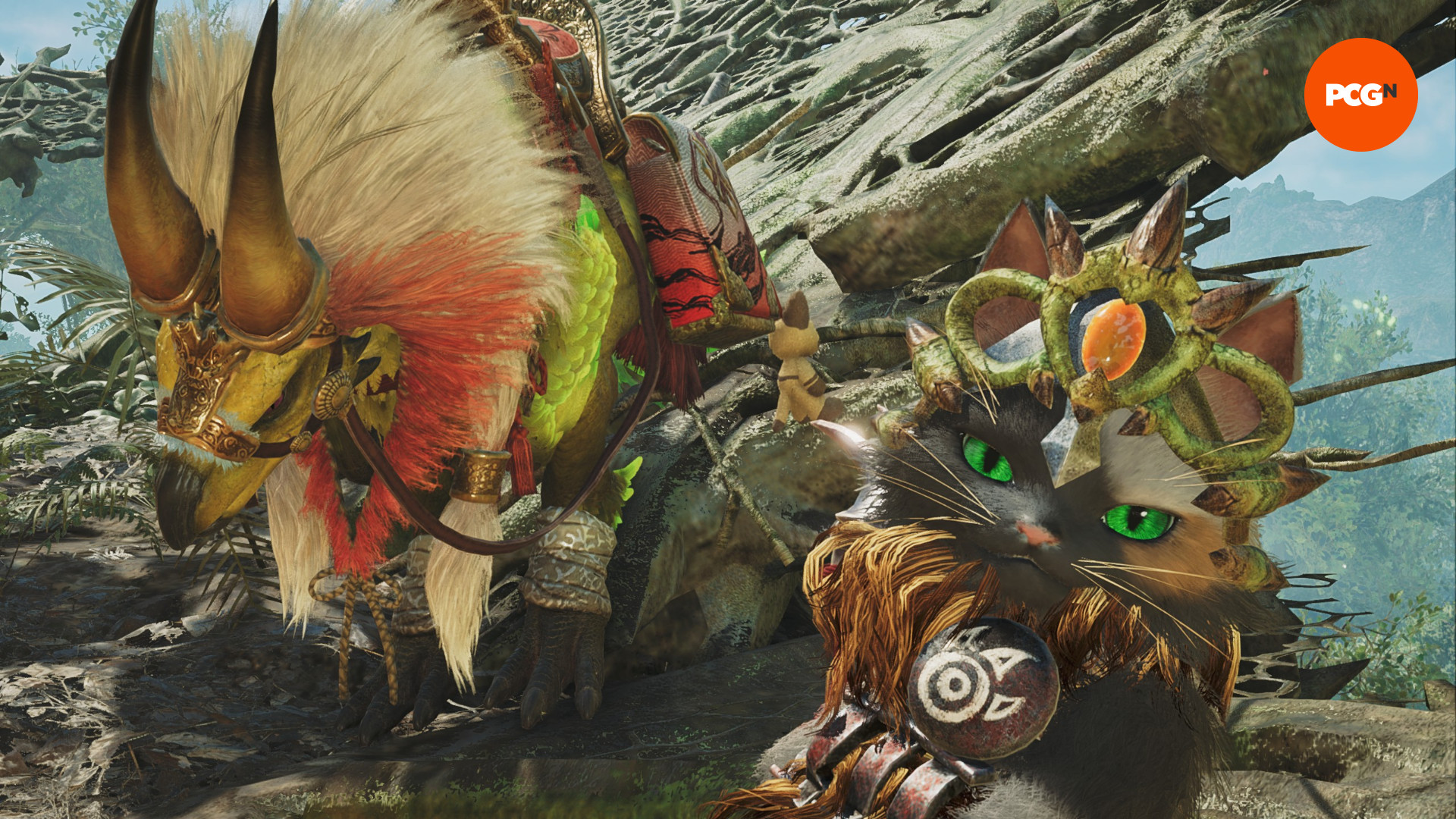
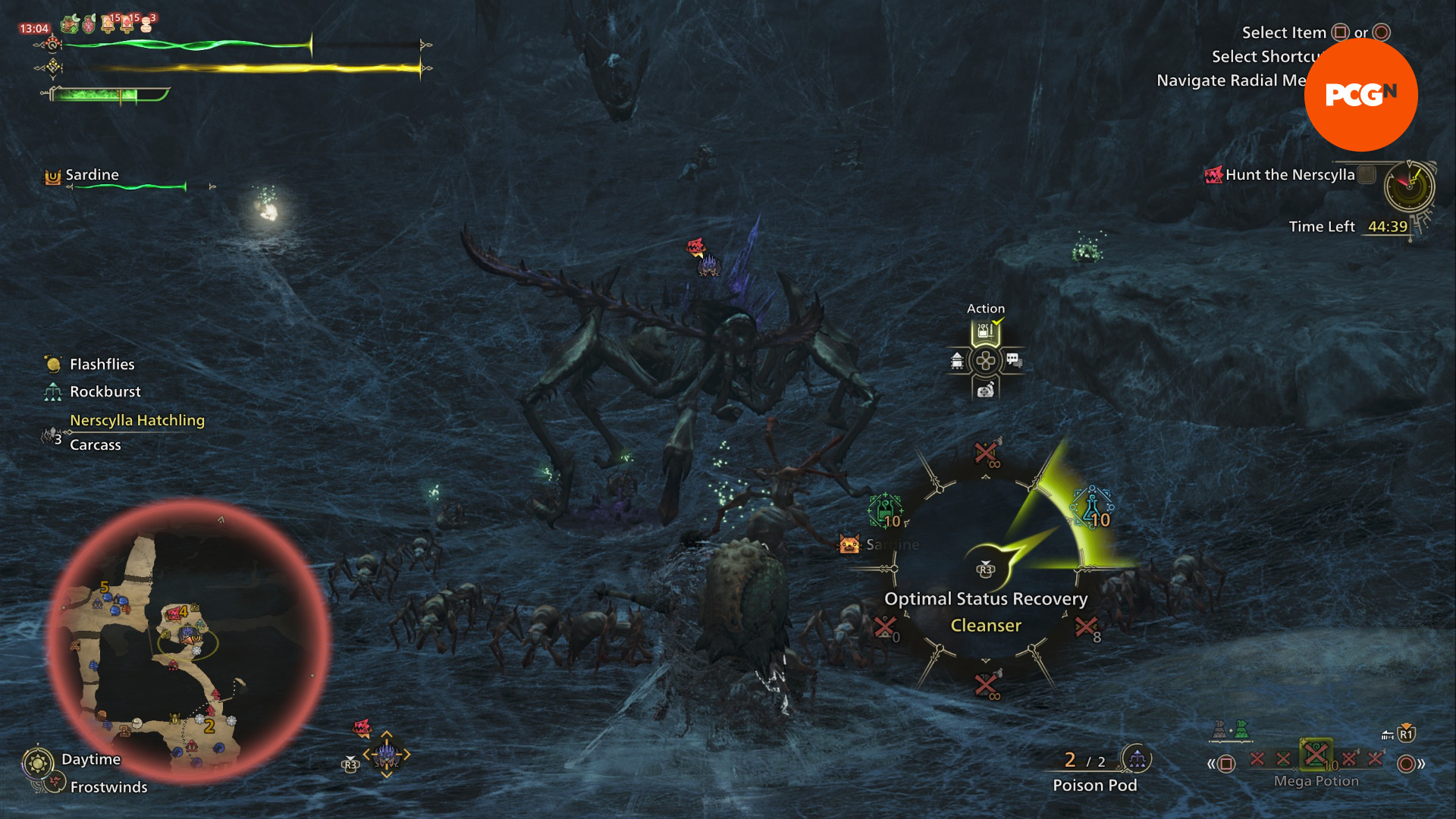
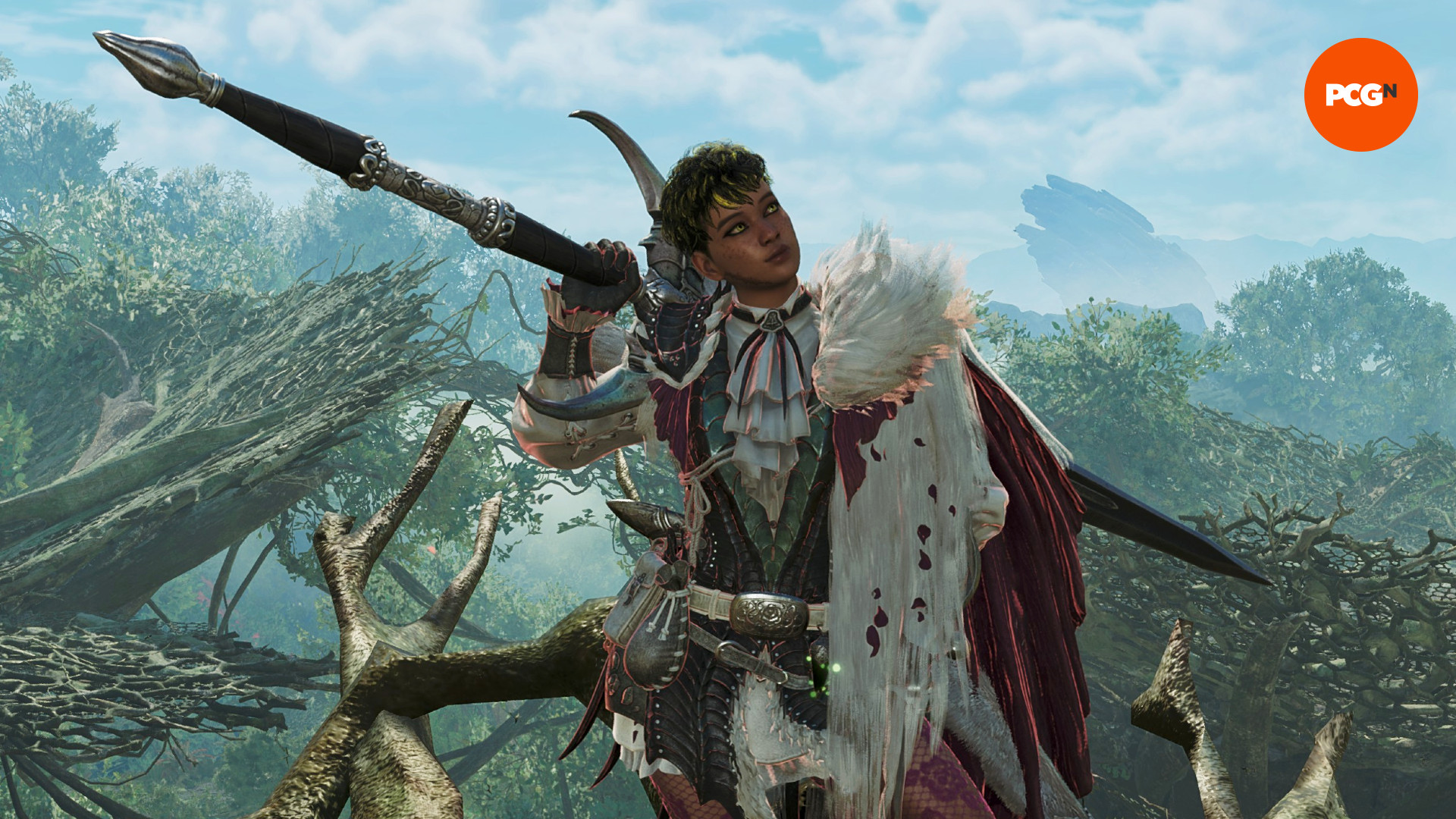
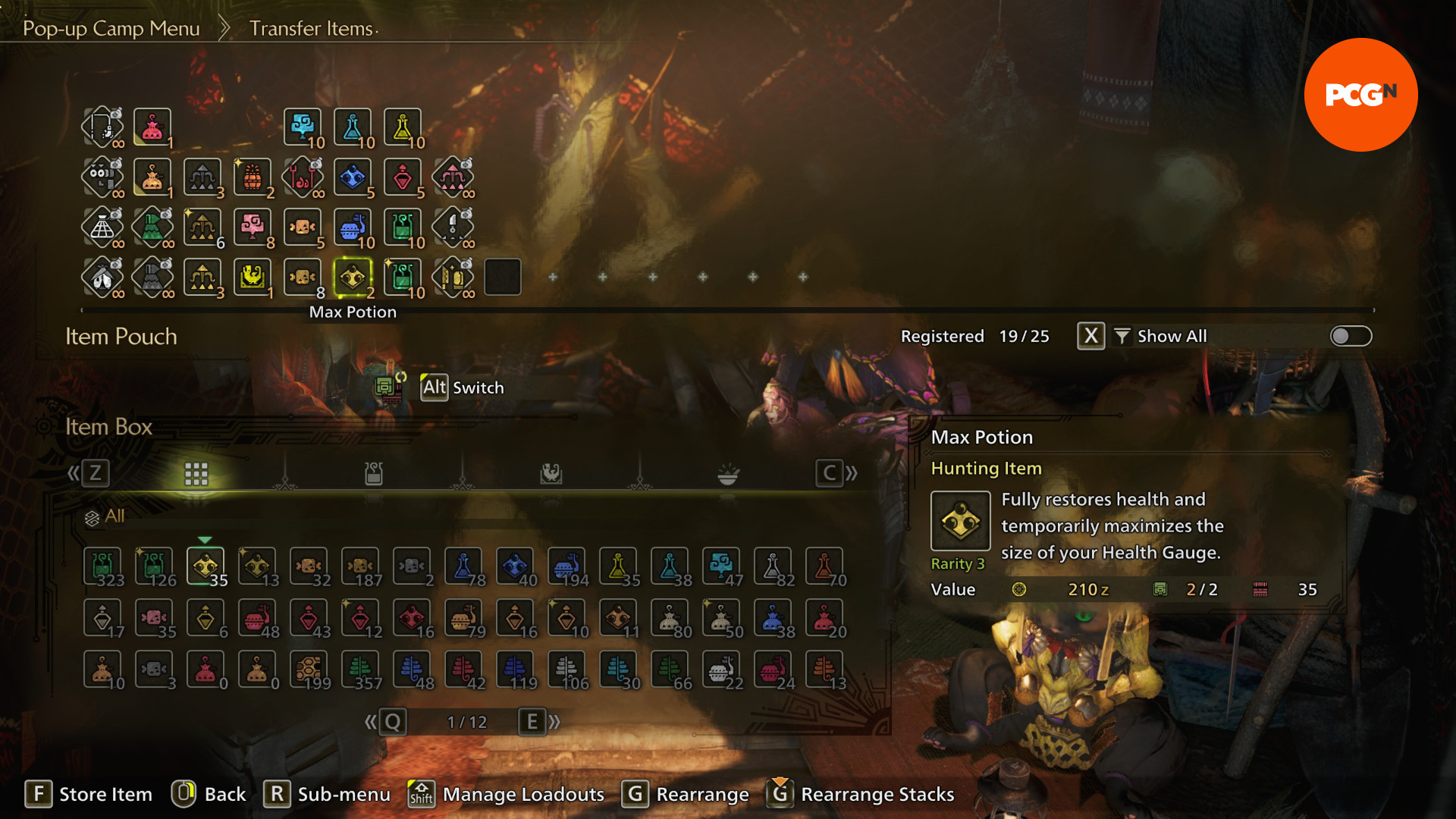
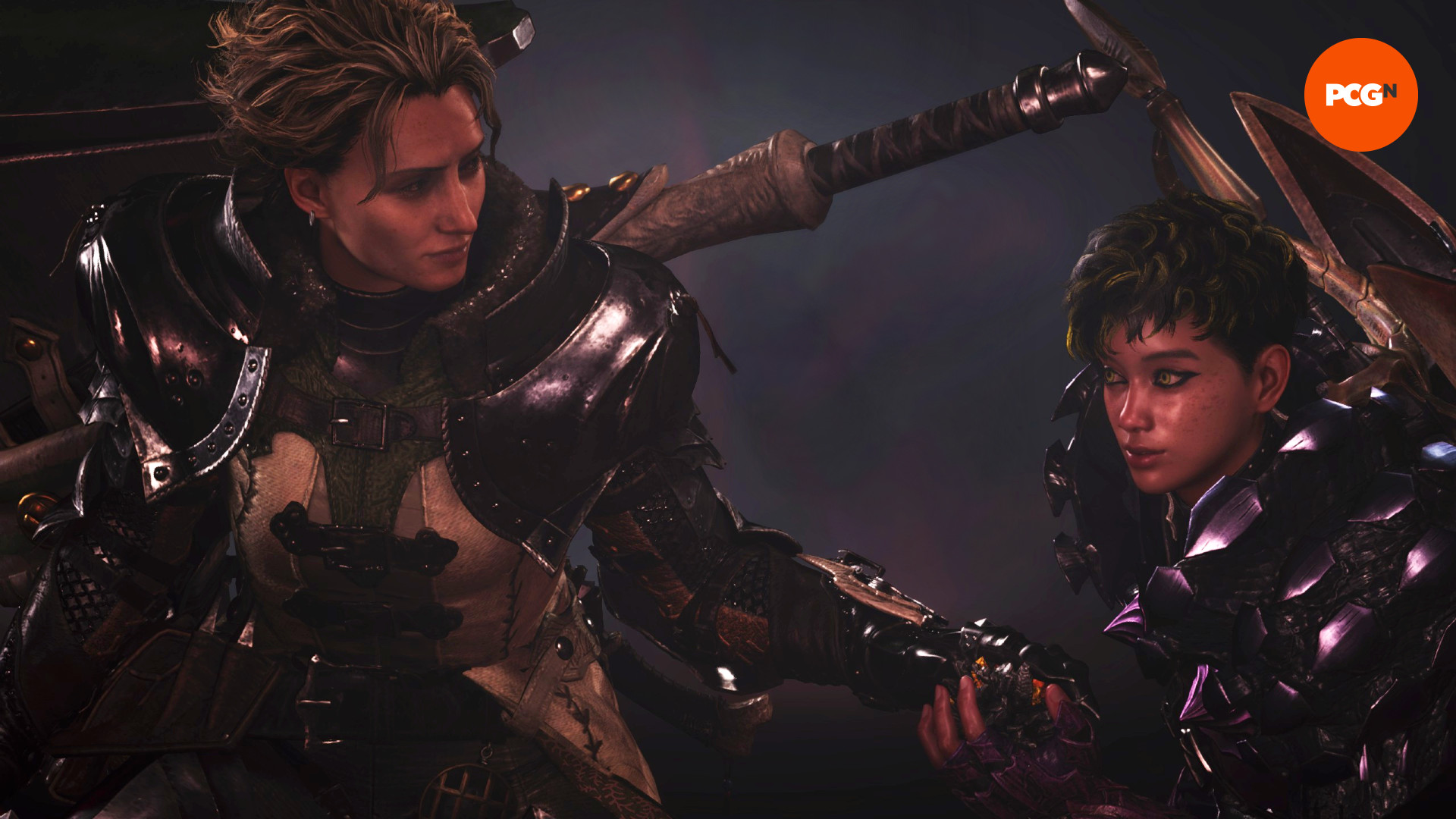




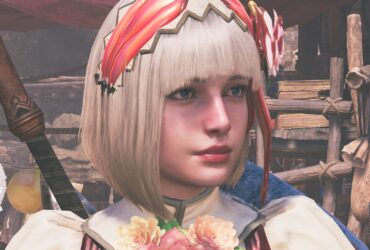


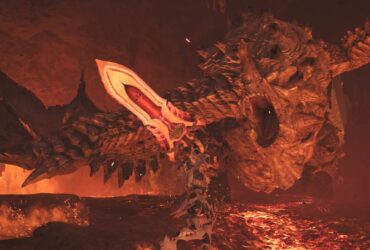

Leave a Reply